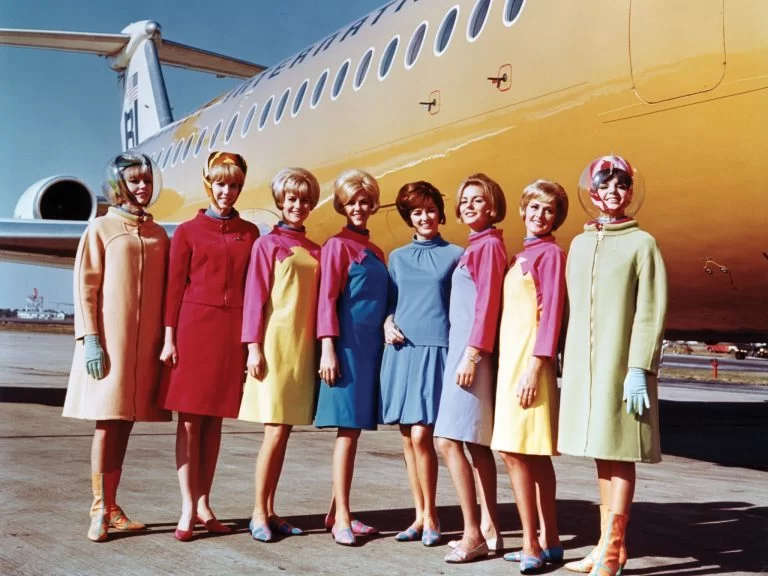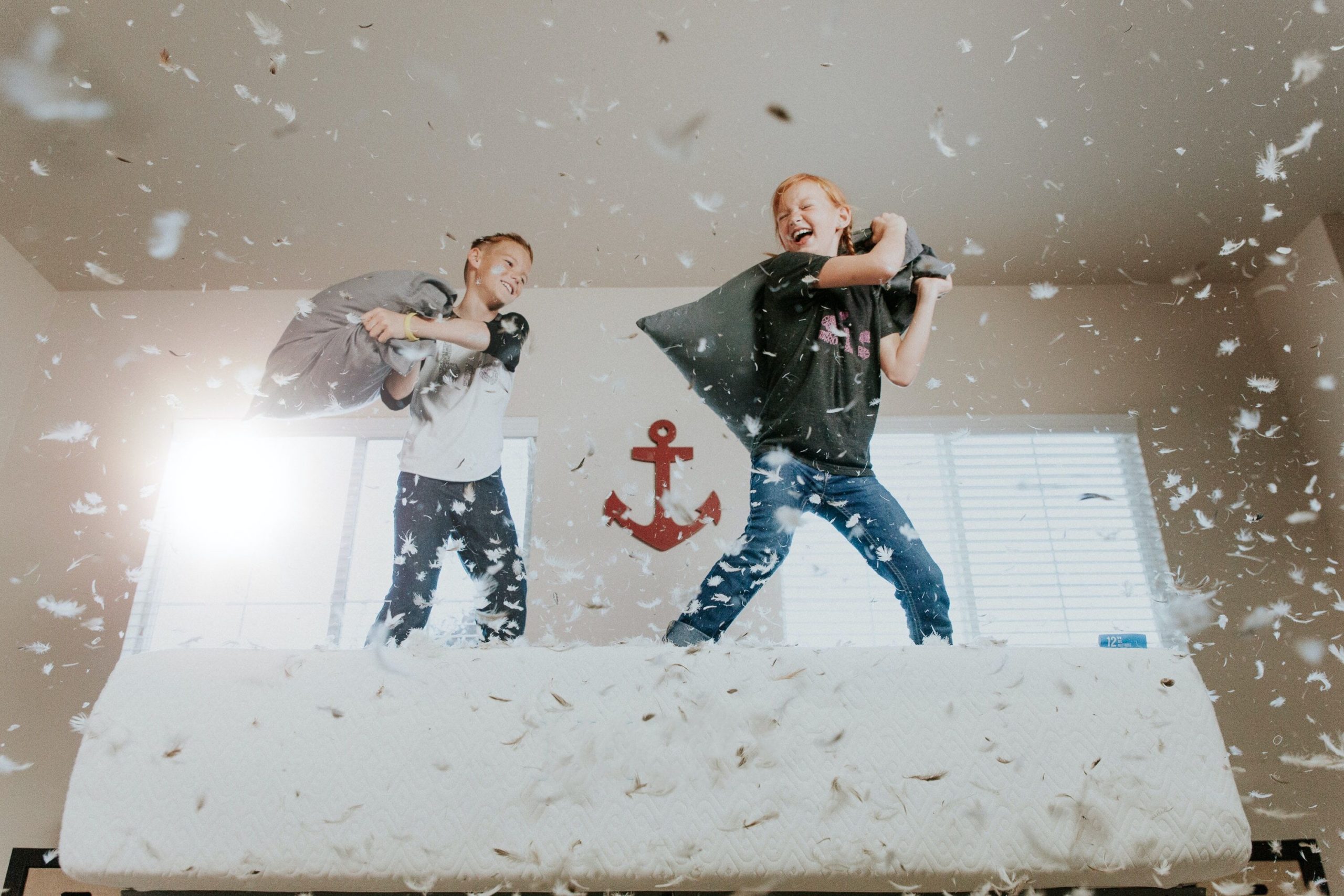In the world of workwear apparel, the outfit with the most fashion credentials has to be the airline uniform. It exists somewhere between a pragmatic piece of daily workwear and a signifier for the airline and even the host country. So important is the design to the look and branding of the airline, that the world’s best fashion designers are often invited to create the look. In the US, Zac Posen, famous for dressing Michelle Obama, was tasked with designing the uniform for Delta. In the UK, the icon of punk fashion Vivienne Westwood took her inspiration from 1940 Parisian couture to design a uniform for Virgin Airlines. Even the legendary House of Christian Lacroix felt inspired to create an elegant uniform for the staff at China Eastern.
The origins of the uniform lie in the history of the role played by airline stewards. In the first days of commercial flight, it was a legal requirement to have nurses on board planes in case of emergencies. When not attending to emergencies, the earliest airlines thought it economically logical to have the nurses serve food and drinks to their passengers. As such the first uniforms were essential nurses’ outfits, complete with a hat and a short cape.
After two world wars, the association of the military was firmly embedded into our understanding of aviation. The uniform (now no longer worn exclusively by qualified nurses) took on a masculine and military aesthetic. Small shoulder epaulettes, chest insignia and naval inspired caps all appeared at various times. The modern uniform, with a slight utilitarian and masculine look, became dominant. Over the decades this would soften, often expressing elements of the traditional dress of the airline’s host nation. Emirates’ uniform comprises a relaxed headscarf that hangs from the hat to the opposite shoulder while Italian airline Alitalia wears the green and red of the Italian flag.
However, some airlines are challenging the traditions in the hope of creating a new sky-high style statement. In 2021 Ukraine’s SkyUp airline introduced relaxed tangerine two-piece pantsuits complete with Nike Airmax white trainers for female flight attendants.
Now, the variety of styles on show around the world is limitless. Airlines almost seem to be competing with each other to create iconic looks that evoke the glory days of aviation, inspire confidence in the airline or simply grab the headlines.
Of course, as well as stylish, airline uniforms still have to be functional. In 2014 when Westwood designed the uniforms for Virgin, she ensured each of the 7500 staff had versatile options for different seasons. Besides the design considerations, the logistics of manufacturing, sizing and distributing for such a massive company is a massive undertaking. And Virgin is by no means the largest airline, in 2018 Delta airlines had 89,000 workers around the world that each required a uniform.

Manufacturing and supplying uniforms at this scale creates problems, usually to do with comfort. Beneath the glamour and confidence, airline workers often complain about the comfort and fit of their uniforms. For safety purposes, uniforms are often made out of non-flammable materials that have less stretch. They can also be hot, the use of wool with a polyester lining is not uncommon. In both instances, it’s more essential than ever to have a good fit.
For any large industry where a well-fitting uniform is required, an extra layer of costly logistics comes into play. Without having to send every member of staff to a central bespoke fitting session, how can a company ensure each employee is efficiently supplied with a perfect fitting uniform?
With an increasing demand for safe and contact-free solutions, companies today can choose to implement digital body measuring technologies, where new recruits can get easily measured remotely, with their uniforms picked out centrally and sent to them directly, just as easy as shopping online. These contact free processes eliminate the need for costly in-person fitting sessions and the excessive shipping of sample uniforms back and forth, whilst ensuring a highly accurate, comfortable and safe fit – a much more sustainable process.
Today’s aviation uniform needs to sell the vision of the airline but also serve the needs of the workers. It has to be versatile enough for all climates and its associated costs have to be manageable. In the post-pandemic era, when airlines are struggling to survive, every strategy to mitigate waste and cost is a step in the right direction.
Never Miss Out
Sign up to receive our latest news and insights

Thank you!
we’ll keep you updated




